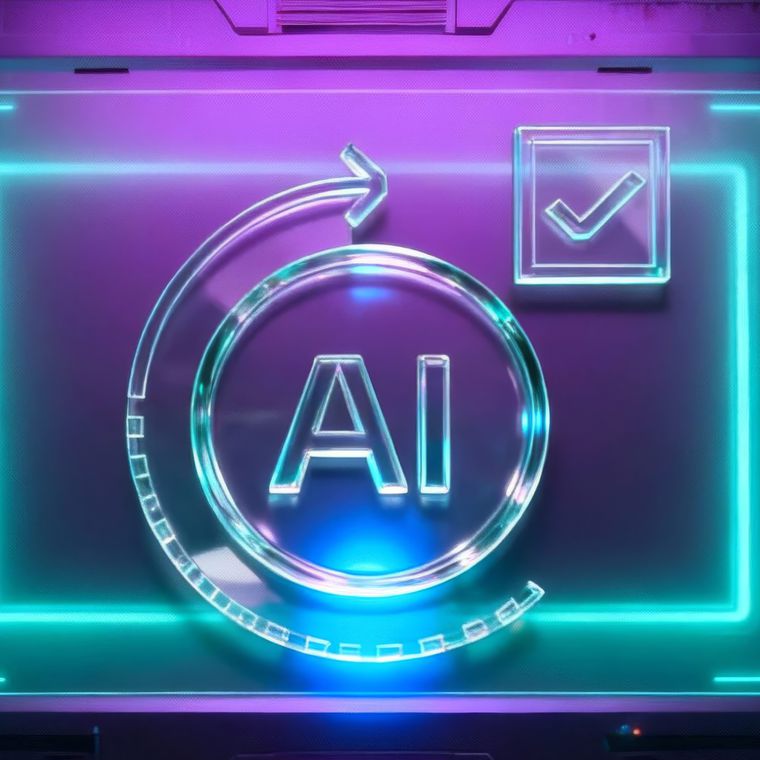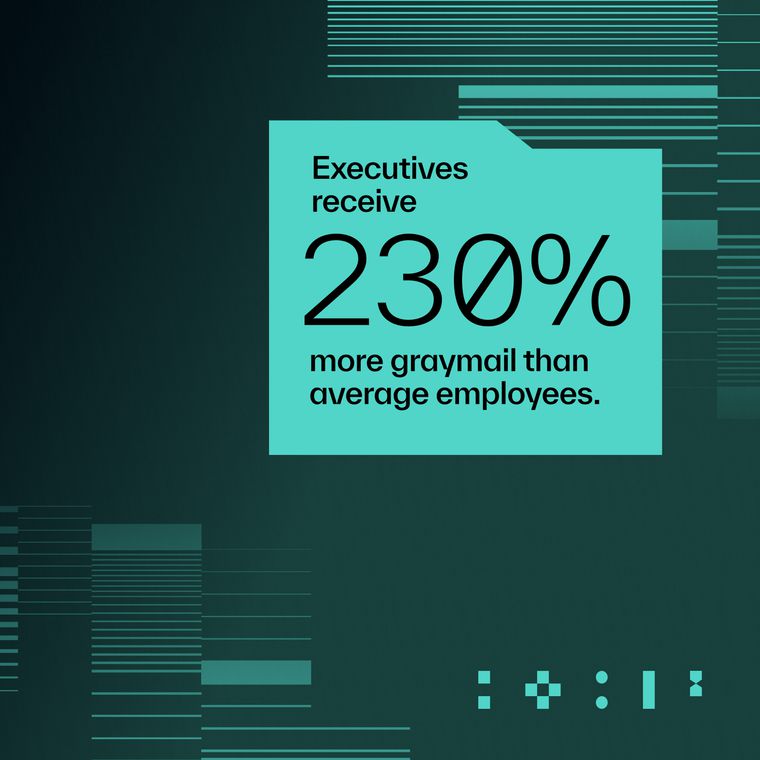The Ultimate Guide to Email Encryption for Businesses
Learn what email encryption is, why it matters, and how to deploy S/MIME, PGP & TLS step-by-step to keep data secure and meet compliance goals.
June 26, 2025
Imagine sending sensitive customer data via email, and somewhere between your outbox and the recipient's inbox, a cybercriminal intercepts it. Without encryption, they've just hit the jackpot. With encryption in place, they're left deciphering meaningless digital noise.
Email encryption, therefore, is your digital armor. Whether you're handling patient records(HIPAA), protecting EU citizen data (GDPR), or managing law enforcement communications (CJIS), encryption ensures compliance and security without disrupting operations.
What Is Email Encryption?
Email encryption is a security protocol that encodes email content using sophisticated encryption keys, making messages unreadable to anyone except the intended recipient. When your email client sends an encrypted message, it travels through email servers as indecipherable text that can only be unlocked by the recipient's private key, facilitated by public key infrastructure (PKI).
Modern email services implement various encryption protocols to protect communications. Transport Layer Security (TLS) encrypts emails during transmission between email servers, while end-to-end encryption ensures that only the sender and recipient can access message content. If intercepted, encrypted messages appear as meaningless digital noise rather than valuable information.
Types of Email Encryption
When it comes to securing email communications, three primary email encryptionmethods are widely recognized. These include PGP for peer-to-peer security, S/MIME for enterprise integration, and TLS for transmission protection. Each of these serves distinct purposes in creating comprehensive email security. Here are the details:
Pretty Good Privacy (PGP)
PGP uses public key cryptography to secure email communications. Each user generates a pair of cryptographic keys: a public key for encryption and a private key for decryption, enabling secure exchanges without the need for a prior key exchange.
PGP is ideal when you need complete control over encryption, independent of corporate systems or certificate authorities. This makes it especially valuable for privacy-focused organizations and independent professionals. In practice, PGP encrypts email content using a combination of symmetric and asymmetric encryption, hashing, and compression to ensure confidentiality and authenticity. The recipient decrypts messages using their private key, offering strong end-to-end security.
Secure/Multipurpose Internet Mail Extensions (S/MIME)
S/MIME provides both email encryption and digital signatures through certificate-based authentication. Unlike PGP, which allows peer-based key sharing, S/MIME requires digital certificates from a recognized Certificate Authority.
It integrates smoothly with most enterprise email clients, including Microsoft Outlook and Exchange, providing a dependable way to meet compliance and legal requirements. Organizations often choose S/MIME when they need legally valid digital signatures and built-in encryption that scales across teams.
Transport Layer Security (TLS)
TLS encrypts data during transmission between email servers, protecting messages from being intercepted in transit. It's a foundational security protocol used across many digital communications, including email, messaging apps, and VoIP.
One of the most common applications of TLS is STARTTLS, which upgrades an otherwise plaintext email connection to an encrypted one. This process requires no extra effort from the sender or recipient and is effective against passive eavesdropping. However, TLS alone does not encrypt email content at rest and is best paired with PGP or S/MIME for complete end-to-end protection.
Understanding these encryption types helps select the most suitable approach for unique security requirements. The most robust email security strategies often combine multiple encryption methods to create layered protection against various attack vectors.
Key Benefits of Email Encryption
Unencrypted emails containing financial information, legal contracts, or customer data are primary targets. Email encryption transforms these vulnerable communications into secure, authenticated exchanges that protect both organizations and individuals from data theft and privacy breaches, making it an essential component of any serious cybersecurity strategy.
Here's what makes encrypted email indispensable for modern organizations.
Enhanced Privacy and Security: Encryption protocols protect sensitive data from the moment it leaves your email client until the recipient decrypts the message. Only holders of the correct encryption keys can access the original content.
Authentication and Integrity: Digital signatures verify sender identity and confirm that messages haven't been tampered with during transmission. This dual protection prevents both impersonation attacks and content manipulation.
Regulatory Compliance: Industries governed by HIPAA, GDPR, and similar regulations require encryption for communications that contain sensitive data. Secure email solutions help organizations meet these legal requirements without the need for complex implementation.
Protection Against Advanced Threats: As cybercriminals develop more sophisticated cyberattack methods, encryption remains a fundamental defense that renders intercepted communications useless without proper decryption keys.
How Does Email Encryption Work?
Email encryption transforms readable messages into unbreakable code using three distinct approaches: TLS for transmission security, S/MIME for certificate-based authentication, and OpenPGP for decentralized trust networks. Understanding how these methods work and their limitations reveals why modern email security requires more than encryption alone.
When you encrypt an email, you're essentially turning "Meet me at the coffee shop at 3 PM" into something that looks like "X7$9kL@mN2pQ8rT5vW1zC4bF6hJ0yU3sE9iO7aG2." Only someone with the right key can turn that scrambled mess back into readable text.
The three main encryption types work differently: TLS guards your message while it travels, much like an armored truck; S/MIME uses official certificates from trusted authorities, similar to a government-issued ID; and OpenPGP relies on a network of people vouching for each other, much like personal references.
The technical framework behind this involves two main approaches. Symmetric encryption works like sharing a house key. It's fast and efficient, but how do you safely hand over the key to someone? Asymmetric encryption solves this problem with a pair of keys: one public (like your mailing address) and one private (like your house key). Everyone can know your public key, but only you have the private one. S/MIME relies on Certificate Authorities, which act like the DMV for digital certificates. They verify you are who you say you are and issue you a certificate to prove it. OpenPGP takes a different approach, working like a network of friends vouching for each other. It's more flexible but requires more work to build trust.
Encryption delivers several key benefits: confidentiality keeps your secrets confidential, message integrity prevents tampering with your content, IP protection ensures your proprietary information remains yours, compliance readiness helps you meet regulatory requirements, and trust demonstrates to clients that you take security seriously.
However, there is a critical blind spot that many organizations overlook. Neither TLS nor S/MIME/OpenPGP encrypts your email headers. The "To," "From," and "Subject" lines remain visible, like sending a letter in a locked box but leaving the address label exposed. More importantly, encryption can't tell when someone has stolen your login credentials or is pretending to be your CEO.
This limitation highlights why encryption, although essential, represents only one layer of email security. The most sophisticated attacks today bypass encryption entirely by exploiting human trust and behavioral patterns, making behavioral analysisequally crucial for comprehensive protection against modern threats.
How to Implement Email Encryption
Implementing email encryption successfully requires choosing the right method for your organization. Each approach demands specific setup steps and ongoing maintenance to ensure reliable protection.
Here are three key ways to implement email encryption:
S/MIME - The Enterprise Standard
S/MIME integrates smoothly with existing email infrastructure, making it the preferred choice for most businesses. The implementation process begins with obtaining certificates from a trusted Certificate Authority, essentially digital IDs that verify sender identity.
After sharing public keys with team members and configuring email clients, the system requires thorough validation using real workflows rather than theoretical scenarios.
Testing should include actual emails with attachments sent between colleagues to identify potential friction points.
Certificate renewal planning becomes critical since expired certificates immediately break the entire encryption system.
OpenPGP - The Flexible Option
OpenPGP offers complete control over encryption processes but demands more hands-on management. Implementation starts with installing GnuPG and generating key pairs, where private key security becomes paramount since loss means permanent loss of access to encrypted communications.
Comprehensive backup strategies using multiple secure locations protect against key loss. Trust networks develop gradually as contacts exchange keys and verify identities. Real-world testing with actual team members reveals operational challenges that don't surface in controlled environments. Disaster recovery planning addresses inevitable system failures and security incidents.
TLS - The Foundation
TLS operates transparently once IT teams configure email platforms to require encrypted connections. The system encrypts messages during transmission between servers without requiring user intervention. Verification involves checking message headers for TLS indicators, though proper configuration makes this largely invisible to end users.
Successful email encryption implementation depends more on strategic planning and user adoption than on technical complexity. Organizations benefit from choosing methods that align with existing operational patterns rather than forcing workflow changes. Investment in comprehensive testing and user training prevents the common scenario where sophisticated encryption systems go unused due to complexity.
The objective focuses on building sustainable security practices rather than achieving theoretical perfection from day one.
Email encryption sounds more complicated than it actually is. Most organizations spend months overthinking the decision when they could be operational in weeks. The real challenge lies in selecting the right approach for existing workflows and ensuring consistent adoption across the team.
Enhance Email Encryption with Behavioral AI
Email encryption provides essential data protection but it cannot defend against today's primary threats: credential theft, vendor impersonation, and social engineering attacks that bypass encryption entirely. When attackers compromise legitimate accounts, encrypted communications validate their apparent authenticity.
Modern organizations require both robust encryption and behavioral analysis to detect sophisticated attacks that traditional security measures miss. This integrated approach addresses encryption's inherent blind spots while maintaining its benefits in terms of confidentiality.
Discover how advanced threat detection complements your encryption strategy and identifies attacks that evade traditional defenses. Schedule a demo today.
Related Posts
Get the Latest Email Security Insights
Subscribe to our newsletter to receive updates on the latest attacks and new trends in the email threat landscape.


